Since the discovery of oil in the 1930s, life in Saudi Arabia has changed beyond recognition. What was once a traditional subsistence economy has become the linchpin of the global energy industry. Oil revenues have translated over the years into massive government spending, with gleaming new cities shooting up in place of previously modest, sleepy towns and villages.
This rapid modernisation and urban development has inevitably taken its toll on Saudi culture, as a new exhibition at the Mosaic Rooms in London seeks to show. Shift exhibits the films and visual installations of three young Saudi women, who explore the ways in which globalisation and modernisation have impacted their country’s cultural heritage through their work.
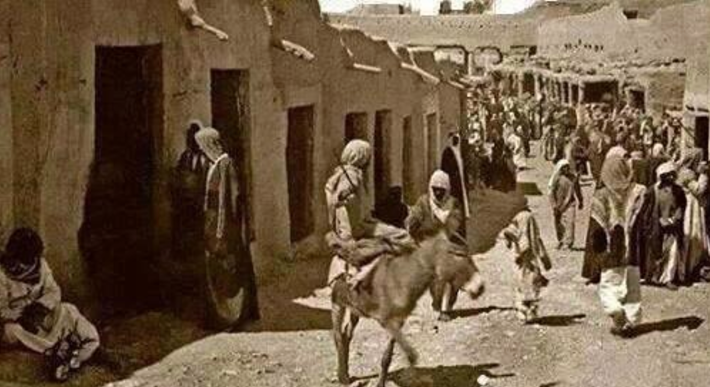 Life in a Saudi village in 1937, before the discovery of oil
Life in a Saudi village in 1937, before the discovery of oil
Dana Awartani is a Palestinian-Saudi contemporary Islamic artist who studied at Central St. Martins and The Prince’s School of Traditional Arts. She has created a film showing what appears to be a traditional Islamic mosaic floor in an abandoned house. The patterned tiles are in fact dyed sand that has been intricately arranged using stencils, and the film shows Dana sweeping the sand away to reveal a plain black and white floor beneath.
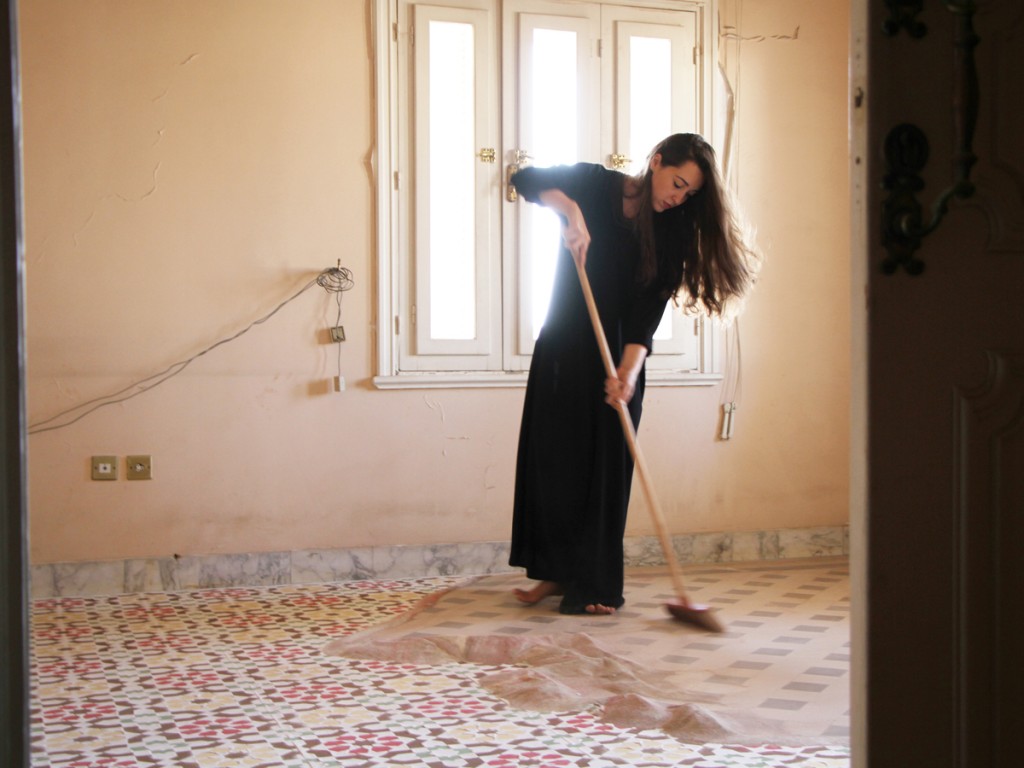
This represents the way in which modernisation and globalisation threatens to destroy cultural heritage in Saudi Arabia. The film was shot in the artist’s home town, the coastal Saudi city of Jeddah, where she believes an obsession with progress is causing the town to lose its cultural identity.
 Dana Awartani showing Prince Charles her work at The Prince’s School of Traditional Arts
Dana Awartani showing Prince Charles her work at The Prince’s School of Traditional Arts
The second work of the exhibition is an installation by Zahra Al-Ghamdi, a Saudi-based artist whose work explores the themes of memory and the past in traditional architecture. Her installation is a large, brown wall made of multiple layers of sand, clay and cloth, entitled Cell of the City. The wall is made of traditional Saudi building materials and its rough surface will naturally deteriorate during the course of the display. This represents the way that Saudi architectural heritage is gradually disappearing in the face of widespread urban development.
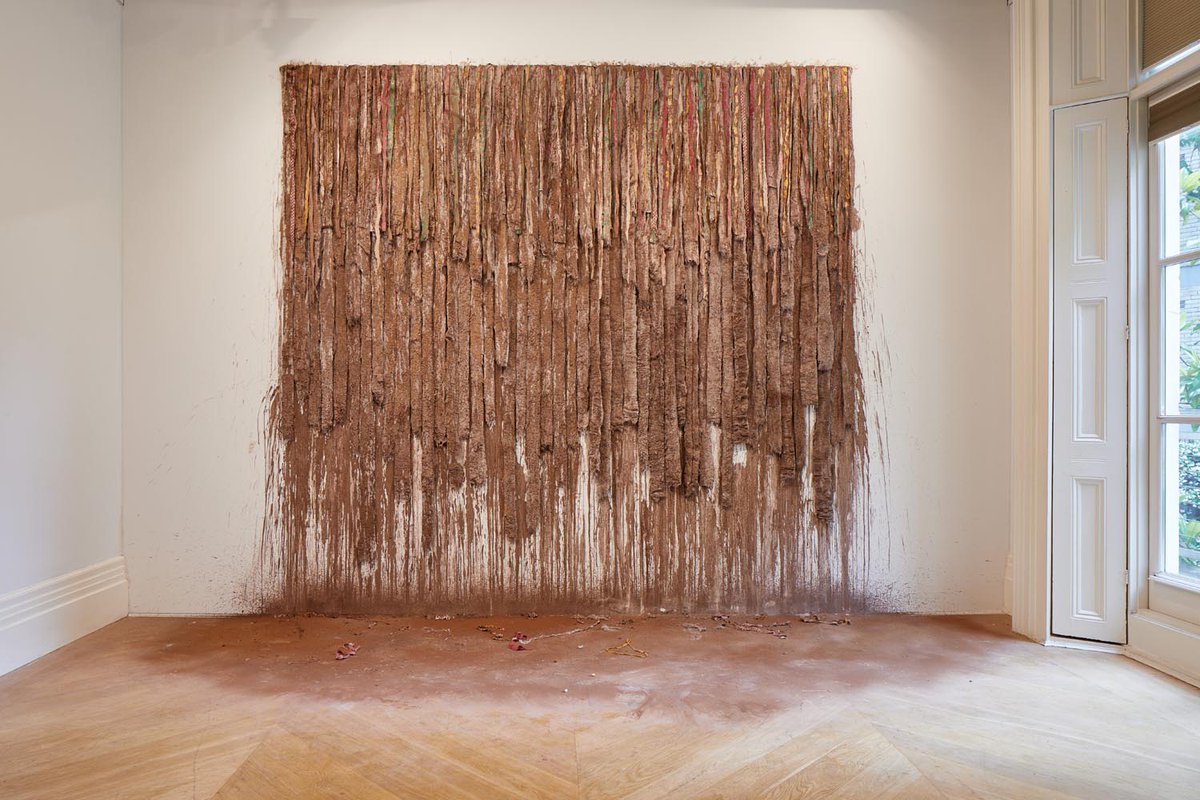
The final installation in the Shift series is a multimedia work by Reem Al-Nasser, whose art is informed by her own experiences and her observation of the themes of mobility and cultural change. The installation is an immersive experience that explores the need to address the past in order to move forward, both on a personal and a wider societal level.
It delves into Al-Nasser’s experience of her past, present and future though a recording of her voice playing over the top of two videos. One shows fingers drumming on a silver plate, a traditional act of celebration at Saudi weddings, while the other rather ominously shows water dripping slowly onto the same plate. The two videos appear to be in conversation with one another and, along with the voice recording, add to the slightly oppressive atmosphere that represents the past.
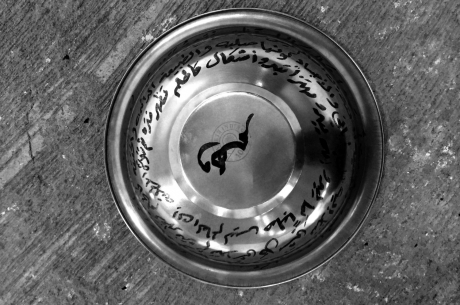 The silver plate from Al-Nasser’s films
The silver plate from Al-Nasser’s films
The exhibition was launched in July as part of the Shubbak Festival and will be running until 2nd September. Make sure you visit if you’re in London! It’s also a fantastic excuse to go shopping in the amazing bookshop at the Mosaic Rooms…

We also highly recommend Buildings That Fill My Eye, an exhibition at the Brunei Gallery at SOAS on Yemen’s incredible architectural heritage, much of which is currently at risk of being damaged and destroyed due to the civil war.
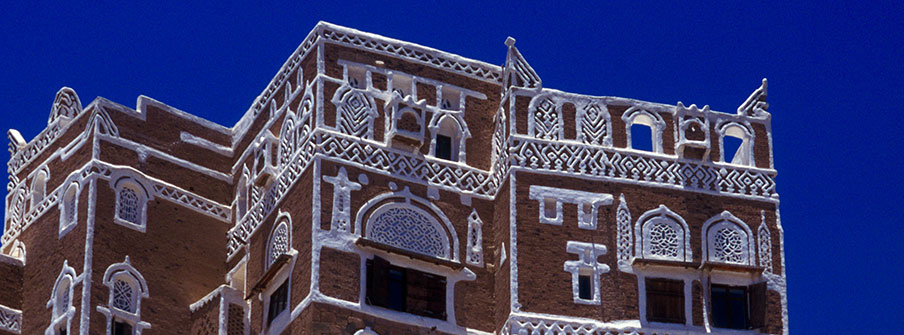 Dar al-Hajar, the palace of Imam Yahya, former ruler of North Yemen. This image can be found at the Brunei Gallery as part of Buildings That Fill My Eye
Dar al-Hajar, the palace of Imam Yahya, former ruler of North Yemen. This image can be found at the Brunei Gallery as part of Buildings That Fill My Eye
If you found this interesting, you might also enjoy:
The Divine Image: For Mercy Has a Human Heart






